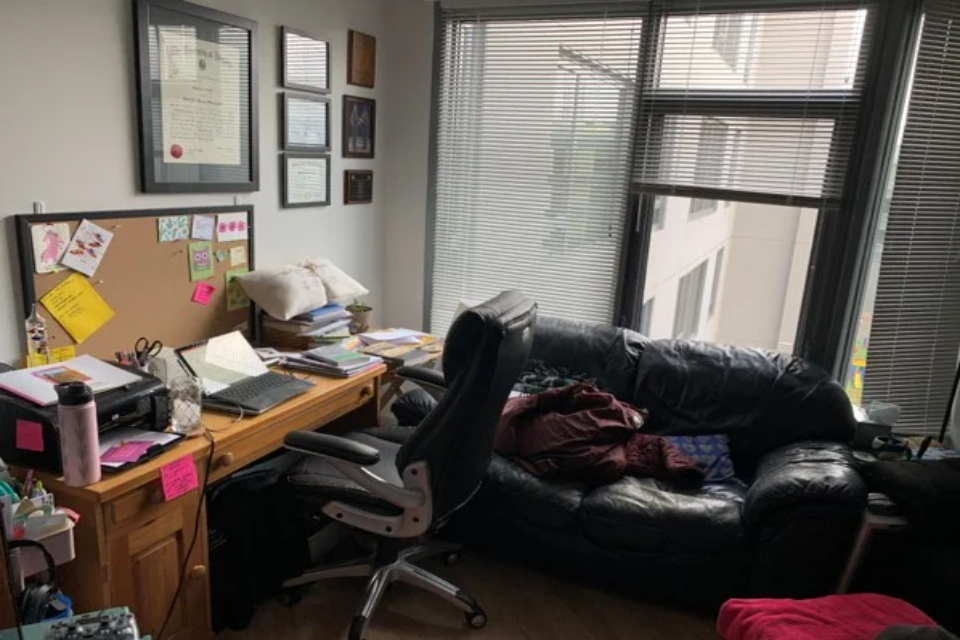Place, Pattern, Purpose, People: Thriving in a Home Office
When I first started working at McMul, I was excited to ditch the almost hour-long commute and 6:30 a.m. alarm. However, with the comforts of home surrounding me, I quickly realized I needed to set boundaries, establish routines, and figure out how to thrive in my new work environment. I asked myself, “How do I set up a home office?”
The researcher and educator in me turned to proven, peer-reviewed research for ideas. Petriglieri, Ashford, and Wrzesniewski (2019) conducted a qualitative investigation into successful independent consultants, freelancers, and other project-based workers, finding four important “liberating connections” (p. 112) that successful workers shared. These connections have come to shape my success.
Place
Having a consistent work space helps many workers focus and set boundaries. So I’ve ditched the bed and recliner, and instead set up a desk in the living room of my urban apartment (next to the couch because we can’t leave all the comforts of home behind).
Routine
Successful workers establish a routine that works best for them—maximizing their most cognitively productive hours. For me, that’s evolved into getting up and diving into work for a few hours before breaking for an energizing shower when my motivation wanes in the afternoon. For some of my coworkers, that means taking a walk during lunch or working in the evening when they are most focused and productive.
Purpose
Bridging personal motivations and interests to work helps home-based workers stay connected to work. I find purpose in personal connections with clients and coworkers, the puzzle in matching the best instructional strategies with a project, and the satisfaction of seeing a project through to completion. All of these help me feel excited to get up each day (especially when my head feels glued to my pillow).
People
Our remote team stays connected through different channels, including having or being a mentor who can provide support and encouragement. We also socialize through Microsoft Teams chats. One of my favorite parts of the day is checking our Watercooler channel where we share jokes, recipes, or other bits of nonwork-related conversation.
Working from home, I’ve learned to set boundaries and develop a routine that works for me. Petriglieri et al. (2019) really missed an opportunity to have four p’s of successful remote work. I’ve helped them out and instead, call routine “pattern.” When I find myself not quite thriving in my home office, I evaluate these four p’s—place, pattern, purpose, and people—and adjust accordingly.
“Thriving in the Gig Economy” Gianpiero Petriglieri, Susan J. Ashford, and Amy Wrzesniewski, in HBR’s 10 Must Reads: 2019 pp. 109–116
About the Author: Morgan Summers





